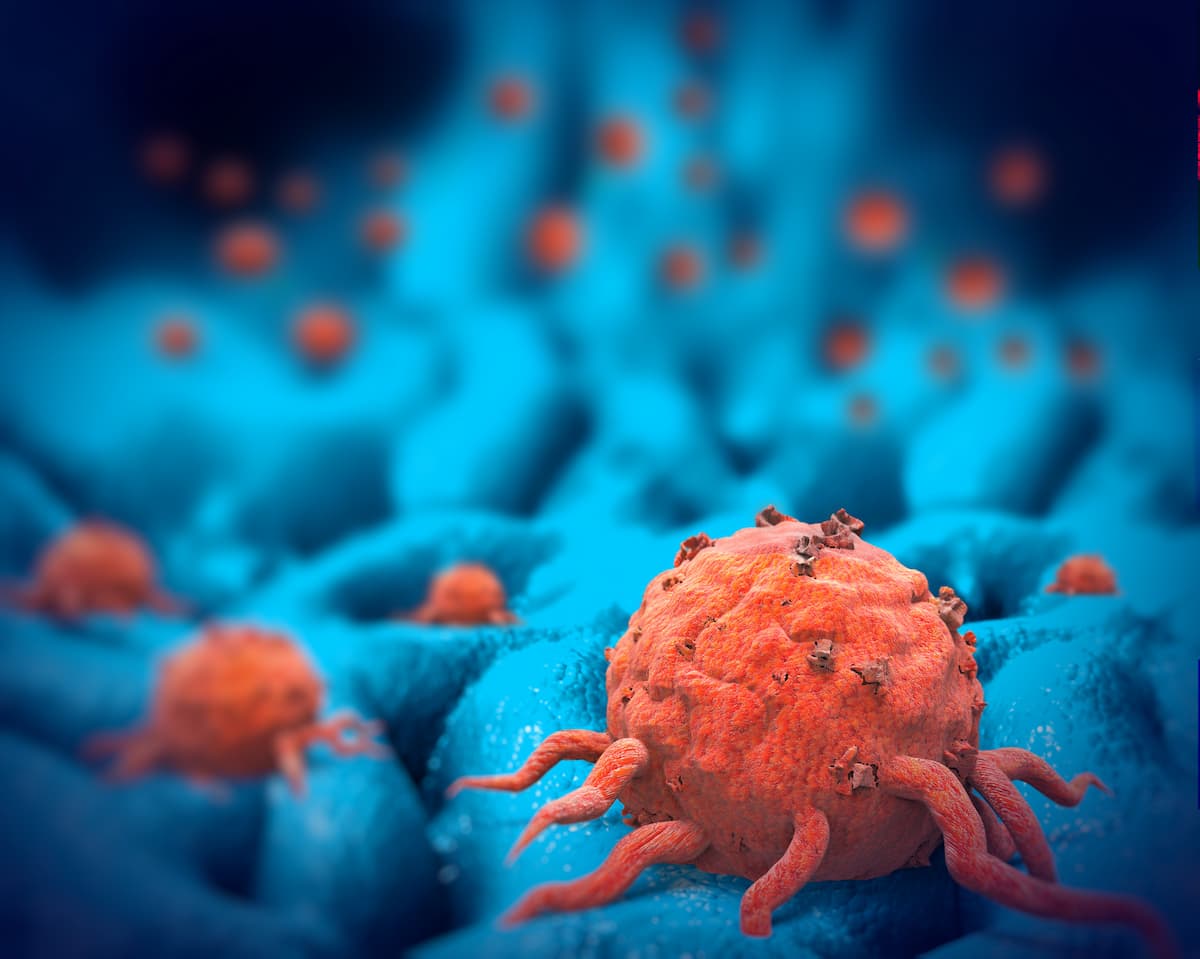BLA Resubmitted for Remestemcel-L in Pediatric Steroid-Refractory GVHD
Upon acceptance, the FDA will review the resubmitted application between 2 and 6 months for remestemcel-L in pediatric patients.
According to the press release, the FDA informed developers in March 2024 that the clinical data from the phase 3 MSB-GVHD001 study (NCT02336230) adequately supported the proposed application for remestemcel-L.

Investigators have resubmitted a biologics license application (BLA) for remestemcel-L (Ryoncil) as a treatment for pediatric patients with steroid-refractory acute graft-versus-host-disease (SR-aGVHD), according to a press release from the developer, Mesoblast Limited.1
Upon the FDA’s acceptance of the resubmitted BLA, the agency will review the application for 2 to 6 months.
According to the press release, the FDA informed developers in March 2024 that the clinical data from the phase 3 MSB-GVHD001 study (NCT02336230) adequately supported the proposed application for remestemcel-L as a treatment for the aforementioned population. Filing of the application aims to fulfill outstanding chemistry, manufacturing, and control items.
“We have worked closely with the agency and thank them for their ongoing guidance, facilitating the potential approval of [remestemcel-L] and addressing the urgent need for a therapy that improves the dismal survival outcome in children with SR-aGVHD,” Silviu Itescu, MBBS, FRACP, chief executive officer at Mesoblast, said in the press release.1
The FDA previously issued a complete response letter (CRL) for remestemcel-L in October 2020; the agency requested additional clinical data from another randomized trial to affirm the agent’s efficacy in pediatric SR-aGVHD.2 Developers then resubmitted the BLA for remestemcel-L to the FDA in January 2023 with additional findings from the phase 3 MSB-GVHD001 study.3 The FDA subsequently accepted the resubmitted application for remestemcel-L in March 2023 based on the phase 3 data.4
In August 2023, the FDA sent another CRL for the resubmitted BLA for remestemcel-L, requesting further data to support marketing approval for the agent in pediatric SR-aGVHD.5 At the time of receiving this CRL, developers noted their intentions of initiating a controlled clinical study evaluating remestemcel-L in adult patients with highest-risk disease to potentially extend from pediatric to adult SR-aGVHD indications for the agent.
According to findings from MSB-GVHD001 and the phase 3 MSB-GVHD002 trial (NCT02652130)—a follow-up safety extension study—remestemcel-L produced an overall response rate (ORR) of 70.4% at day 28, meeting the pre-specified control value of 45% (P = .0003).6 The rate of survival up to day 100 in patients with a response was 87% compared with 47% in those without a response (P = .0001).
Investigators also highlighted data from a propensity-matched study comparing the outcomes of those in the phase 3 trial and a control group of pediatric patients from the Mount Sinai Acute GVHD International Consortium (MAGIC) who received best available therapy. Among patients who were at high risk, a response at day 28 and survival after 180 days occurred in 67% of those who received remestemcel-L compared with 10% of those included in the MAGIC group.
In the single-arm, prospective phase 3 trial, patients were assigned to receive remestemcel-L intravenously at 2 x 106 mesenchymal stem cells (MSC)/kg twice per week for 4 consecutive weeks.7
The trial’s primary end point was ORR at 28 days following the initiation of study treatment. Secondary end points included overall survival at 100 days and ORR at 56 and 100 days after beginning therapy.
Patients 2 months to 17 years old with grade B to D acute GVHD requiring management with corticosteroid systemic therapy were eligible for enrollment on the trial. Additional requirements for study entry included having a Karnofsky or Lanksy performance status of at least 30, adequate renal function, and progression on prior steroid treatment. Those with grade B aGVHD with involvement only in the skin or prior second-line therapy for aGVHD were not eligible to enroll on the trial.
References
- Mesoblast resubmits biologics license application (BLA) with United States Food & Drug Administration (FDA) for approval of Ryoncil® in children with steroid-refractory acute graft-versus-host disease (SR-aGVHD). News release. Mesoblast Limited. July 9, 2024. Accessed July 10, 2024. https://tinyurl.com/bdjw9y3v
- Mesoblast receives complete response letter from the FDA for biologics license application for steroid-refractory acute graft versus host disease in children. News release. Mesoblast Limited. October 1, 2020. Accessed July 10, 2024. bit.ly/3l4RjI3
- Mesoblast resubmits biologic license application (BLA) to FDA for remestemcel-L in children with steroid-refractory acute graft versus host disease (Sr-aGVHD). News release. Mesoblast Limited. January 31, 2023. Accessed July 10, 2024. yhoo.it/3jvB7Pp
- FDA accepts Mesoblast’s resubmission of the biologic license application for remestemcel-L in children with steroid-refractory acute graft versus host disease as a complete response and sets goal date of August 2, 2023. News release. Mesoblast Limited. March 8, 2023. Accessed July 10, 2024. bit.ly/3ZM6qFi
- Mesoblast receives complete response from U.S. Food and Drug Administration for biologics license application for steroid-refractory acute graft versus host disease in children. News release. Mesoblast Limited. August 3, 2023. Accessed July 10, 2024. bit.ly/3OM2How
- Kurtzberg J, Abdel-Azim H, Carpenter P, et al. A phase 3, single-arm, prospective study of remestemcel-L, ex vivo culture-expanded adult human mesenchymal stromal cells for the treatment of pediatric patients who failed to respond to steroid treatment for acute graft-versus-host disease. Biol Blood Marrow Transplant. 2020;26(5):845-854. doi:10.1016/j.bbmt.2020.01.018.
- A prospective study of remestemcel-L, ex-vivo cultured adult human mesenchymal stromal cells, for the treatment of pediatric participants who have failed to respond to steroid treatment for acute graft-versus-host disease (aGVHD). ClinicalTrials.gov. Accessed July 10, 2024. https://tinyurl.com/yc3eena4
Newsletter
Stay up to date on recent advances in the multidisciplinary approach to cancer.